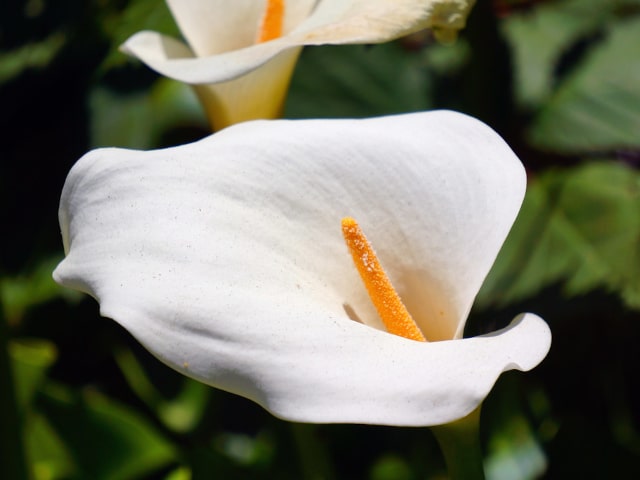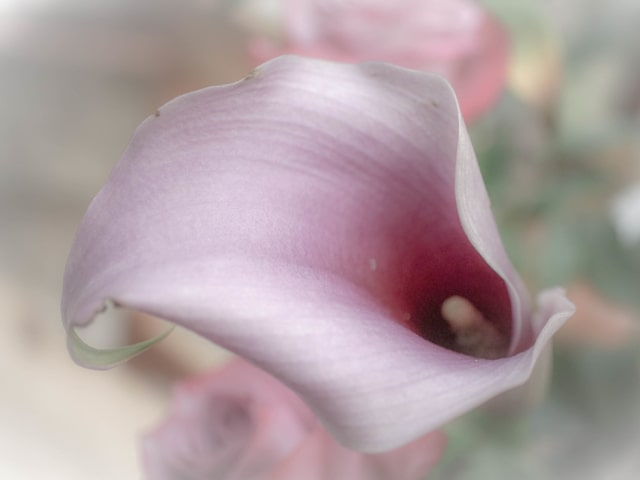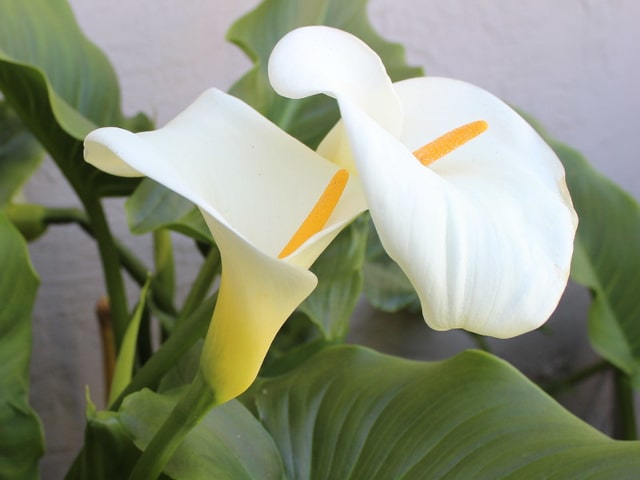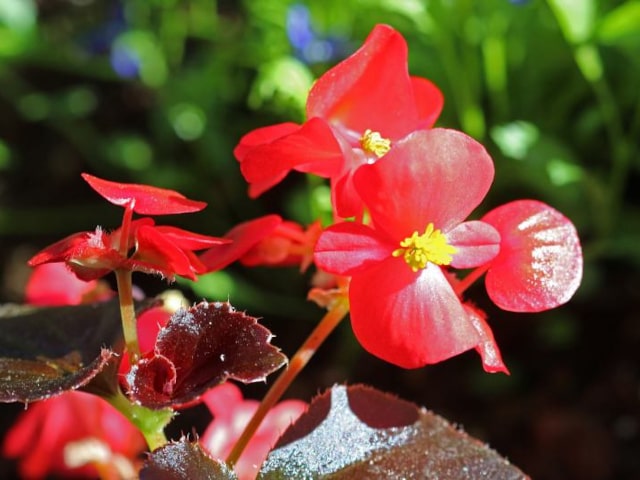
Calla Lily is a beautiful plant known for its waxy-white flowers. Native to southern Africa, this plant can be successfully grown even in colder climates, as long as you provide it with all the things it needs: adequate light, plenty of moisture and appropriate temperature.
A great thing about Calla Lily is that you can grow it both indoors and outdoors. This is not a difficult plant to care for so it doesn't require much time to make it thrive. A good news is that it can bloom on its own, without much effort on your part. All of these things make Calla Lily a great houseplant.
Calla Lily: Plant Basics
Calla Lily, botanical name Zantedeschia aethiopica is a plant native to southern Africa. As such, it is used to different climate conditions to those present in other parts of the world. This may pose a challenge when it comes to care, but it doesn't have to be difficult. All you need to do is to understand what your Calla Lily really needs to thrive.
This plant is known for its oddly-shaped flowers that bloom in June and July when the plant is outdoors. However, keep in mind that the plant will bloom all the way from spring to the fall if you keep it in good temperatures indoors. This is a great advantage to growing your Calla Lily indoors.
On the other hand, even if your Calla Lily doesn't flower that much it will provide gorgeous leaves. The leaves stay strong and beautiful throughout the year so this is always a beautiful plant to grow in your home.
Calla Lily grows from a single bulb (rhizome) and it requires wet growing conditions. This is the only way to make it healthy. Since it grows directly from the rhizome, there are no stems in between. With Calla Lily, you will notice that the leaves open just above the soil. As they grow, they rise to about 2 to 3 feet into the air. The leaves are arrow-shaped and tend to be dark in color.
Warning: Poisonous for Pets
One important thing you need to remember is that Calla Lily is poisonous for pets. This includes cats, dogs and numerous other pets. The plant can be toxic for your pets if they ingest it. If you notice any warning signs, such as problems swallowing, mouth irritation, vomiting and other worrying signs, make sure to take your pet to the vet immediately so it can be treated.
Photo credit: Eric Wagner




0 Comments